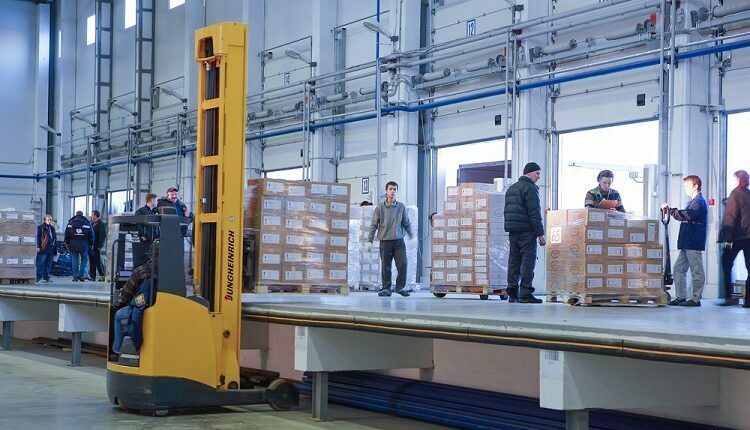4 Guidelines For Warehouse Operations
Warehouses need to be organized and safe to have a smooth operation. Review this list of warehouse essentials to ensure you’re not missing any important equipment.
Table of Contents
Lift Equipment
You will need plenty of lift equipment for moving large shipments on pallets around the warehouse. Pallet jacks make it easy to manually transport pallets around and hand trucks can be used to move heavy boxes and inventory. Service carts with heavy duty wheels make it easy to roll loads of inventory from one place to another. Forklifts are best for transporting large shipments but should only be operated by a licensed professional. Using the proper equipment for the job will improve levels of safety and productivity in your warehouse.
Packing Supplies
Without packing supplies on hand and ready to use, your packing team and overall production will be slowed down. Stock your warehouse with plenty of packing paper, stretch wrap, and packaging equipment to prepare products for their shipment. Set aside enough room for a few packing tables to sort products and pack items into boxes. Hook up an industrial scale to accurately weigh products for shipment. Ensure your packaging is cost-effective and of good quality. Poor packaging can be easily damaged or lost once it is shipped.
Organization
Shipping errors and safety hazards are the results of a disorganized, messy warehouse. Keep your warehouse neat and organized with vertical shelves and labeled bins to keep smaller items in. Store items in stackable containers to clear up floor space so employees can easily walk around the warehouse. Label aisles and pallets to make it easy to identify where different products are located. Have a few rolling ladders accessible to help pick inventory out from high shelves. If you notice your warehouse becoming cluttered, consider installing a mezzanine for extra storage space.
Safety
Make sure your warehouse is well ventilated and emergency exits kept clear. Immediately clean up any spills or messes to prevent employees from slipping or falling on the floor. Ensure all employees are wearing proper attire to work including a hard helmet, gloves, work boots, reflective vest, and safety goggles. Use brightly painted bollards and reflective tape to create a visual guide for forklift drivers. Install railings on any stairs, ramps, or areas that are above 4 feet off the ground to prevent anyone from falling. Keeping an open line of communication with your employees and performing regular safety drills can also help minimize the chance of accidents in the warehouse.
Keep your warehouse operating smoothly and safely with these helpful guidelines.

